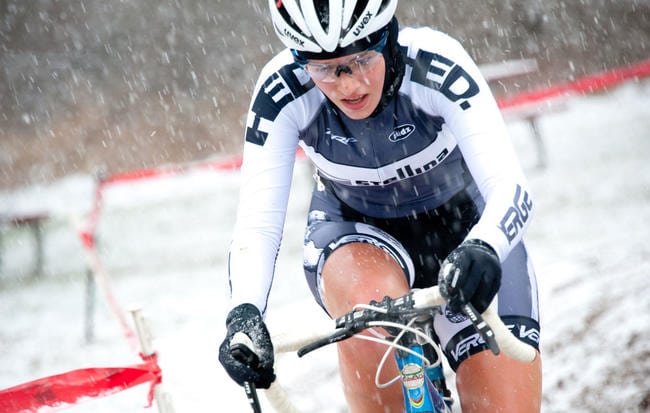How to Ride Hard in the Cold
How to keep your pace hot even when the weather's not.
How to keep your pace hot even when the weather’s not. – By Selene Yeager

Those first few cold rides of year can be a shock to the system as your body goes, “Whoa! Shouldn’t we be hibernating with a nice cup of cocoa and a bag of chips?” Which isn’t exactly the best scenario for rocking a personal best, whether you’re racing or just trying to keep up with some fast friends.
But you don’t have to hit the brakes when the temperatures dip, says two-time Olympic coach Gale Bernhardt, co-author of Become a Fat-Burning Machine. “Once you know how to prepare, you’ll see that you can not only perform well, but also actually enjoy cold weather riding and racing,” she says.
Here’s what you need to know to get—and keep—your engine running when it’s cold at the start.

